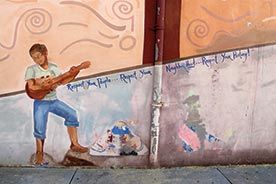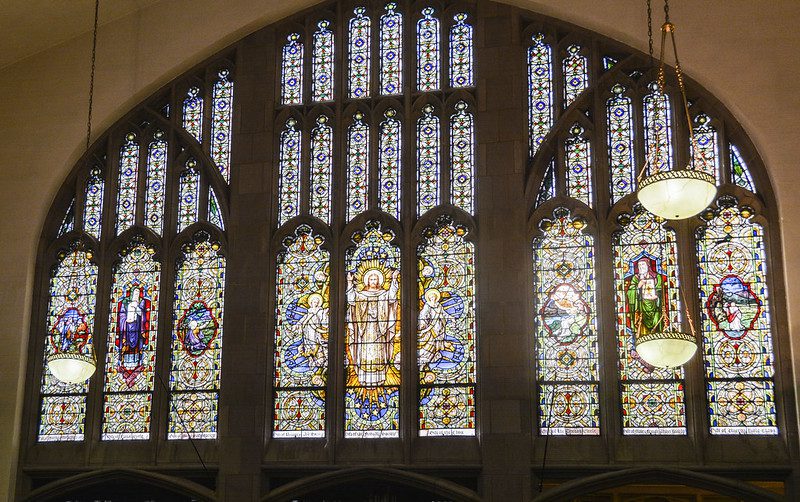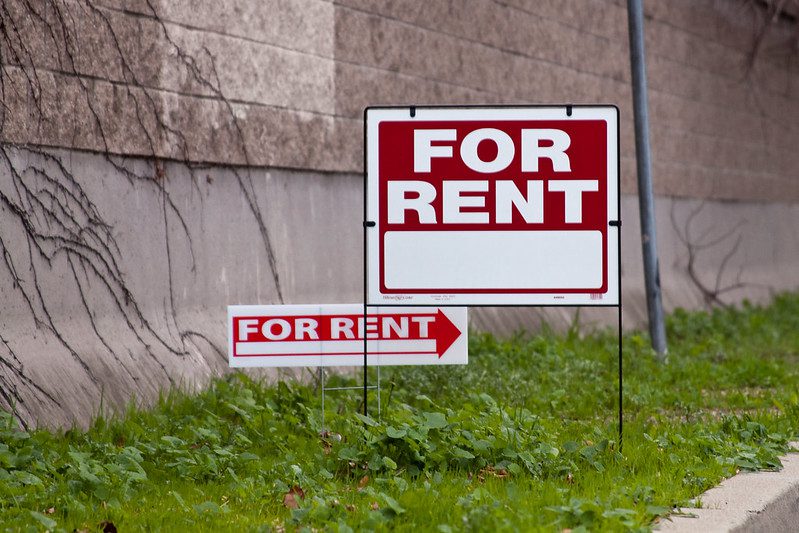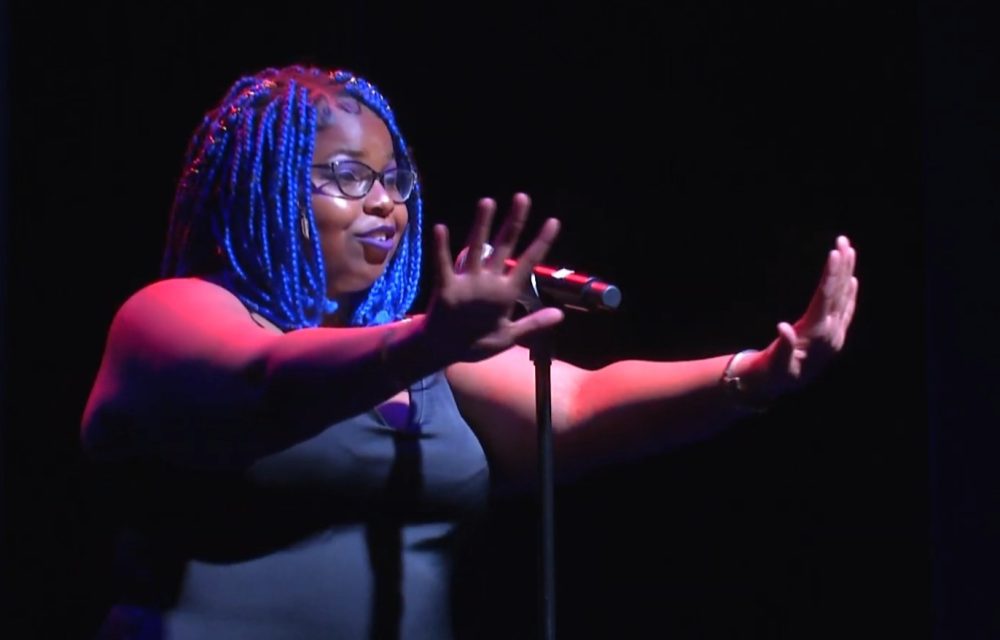Conventional wisdom says that artists and gay people are tend to be pioneers in distressed neighborhoods, signs that change is ’a coming. While there have been some funny, and likely apocryphal stories about unlikely conservatives awkwardly wondering in public meetings if “we could get some of those gay people here” to boost a struggling town, that understanding hasn’t exactly been something people have tried to parlay into an economic development strategy.
Artists, on the other hand, are a hot commodity, with special artist housing and art spaces cropping up as part of many places’ revitalization plans.
There are good things about this, and bad things. Certainly recognizing the crucial roles of art in creating community, challenging oppression, and bringing beauty and identity to places that have been short on it, and therefore deciding that cultivating and supporting spaces for artists to affordably live and work is an appropriate public/charitable goal makes a lot of sense.
However, we need to be aware of a couple troubling trends underneath these celebrations of the transformative power of art, and community developers need to make sure they're not perpetuating them.
First, we have to ask who are the artists transforming an area for? And at whose direction?
Because, as the excellent, if sobering, article “The Pernicious Realities of Artwashing” on CityLab.com details, too often the presence of artists is becoming a deliberately engineered move to increase the cachet of a building or area, until prices rise and the artists themselves are priced out, along with the original lower income residents of an area. Reporting from London a story that happens in this country plenty as well, Feargus O’Sullivan concludes, “Developers who try to burnish their product with artwashing need to be called out. They are not promoting artists or their work. They are using them as a human shield.”
Even when the process isn’t premeditated, developers are quick to spot an area where artistic energy and revitalization is humming, and target it for speculation and luxury development.
Often the realization that both the artists and their low-income neighbors are going to be pushed out dawns too late. Plenty of organizations whose goal is not to make a quick buck, but rather to bring some hope and investment and energy to an existing distressed community turn to the idea of helping artists set up shop there—the question is how far ahead are they looking?
And of course, the other question is, who is defined as an artist who gets support? Are artists who already exist in neighborhoods targeted for redevelopment recognized and lifted up? Are certain forms of art privileged over others? Are local graffiti artists aggressively targeted for punishment while “street artists” are imported from other neighborhoods or other cities to make murals with permission?
It’s a tough dynamic, but it doesn’t have to mean that cities have to abandon the power of the arts for creative transformation and community building.
Rather than trying to “attract” artists, focusing on cultivating home-grown artists, like so many wonderful organizations do, can amplify the community-building aspects of supporting artists. It also breaks that insidious assumption that revitalization requires importation of new and different kinds of people. (Mind you, in an area with a lot of vacancy, it might eventually mean more people, but not because of any deficiency in the people living there.)
And then, developing permanently affordable artist space, combined with permanently affordable housing for everyone, as is being done in the Valley Arts District in Orange, N.J., is a great answer to the transitory nature of most artist-led revitalization strategies. Their amazing work is rooted in the community, and driven by it, and they are thinking long term.
If we’re going to talk about equitable revitalization, clearly that means not just improving the cache of the built environment in a long-neglected area. It means creating cities, and regions, where everyone has opportunities, can achieve their creative potential, and can contribute to the greater community. Art and artists can play a powerful role in that, but allowing “artwashing” of real estate values is a move in the other direction.
(Photo of Philadelphia mural by Ashley Hahn, CC BY-NC.)
(A version of this post originally appeared in Metroland, the alt-weekly newspaper of Albany, NY.)






The foundation of “Equitable Creative Placemaking” is visionary artists joining with engaged neighborhood residents in exercising their power to change the reality of their communities in multiple ways, from physical infrastructure to deep social issues. This is not merely a development strategy. As Roberto Bedoya of the Tucson Pima Arts Center puts it, Equitable Creative Placemaking is “a series of actions that build spatial justice, healthy communities and sites of imaginations.” As such, Equitable Creative Placemaking can and must play an important role in the development and revitalization of neighborhoods for both artistic “newcomers” and the long-term residents. For a further examination of the theory and practice of Equitable Creative Placemaking, see https://integralcitywarren.wordpress.com/process/milano-community-finance/theory-and-practice-of-equitable-creative-placemaking-projects/